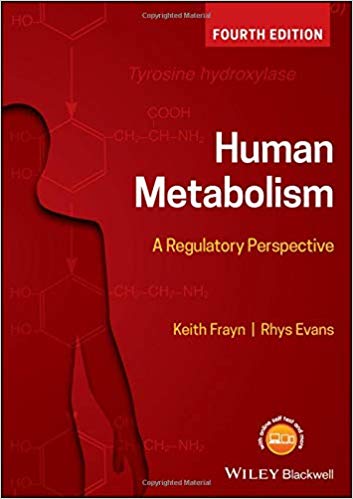Metabolism is commonly taught in medical schools as a subcategory of biochemistry. While technically correct, metabolism has additional unique and important dimensions that must be understood and committed to memory, including the organs and organelles where the reactions take place. You don’t just need to know what is happening but you also need to understand the where, when, why, and how of the myriad reactions and pathways.
Most medical biochemistry books fall short in this regard. They are loaded with metabolic pathways, but do a very poor job explaining where the reactions occur and how they are segregated, integrated and regulated in the context of human nutrition and various disease states.

Human Metabolism: A Regulatory Perspective (2019) fills this void very nicely. The diagrams are clear and to-the-point and not overloaded with unnecessary details. Further, the surrounding drawings show you the organs and organelles where the relevant reactions occur, while highlighting the effects of important regulatory molecules such as insulin and glucagon.
The book is fairly easy to read. It is less than 400 pages long and reads more like a logically mapped out narrative rather than a textbook. You can read it cover-to-cover in less than 5-10 hours. Read it during your medical biochemistry course as an adjunctive text or, perhaps even better, read it before starting medical school. You will be rewarded for your efforts in the form of a much deeper understanding and appreciation of metabolism specifically and biochemistry more generally.


Leave a Reply